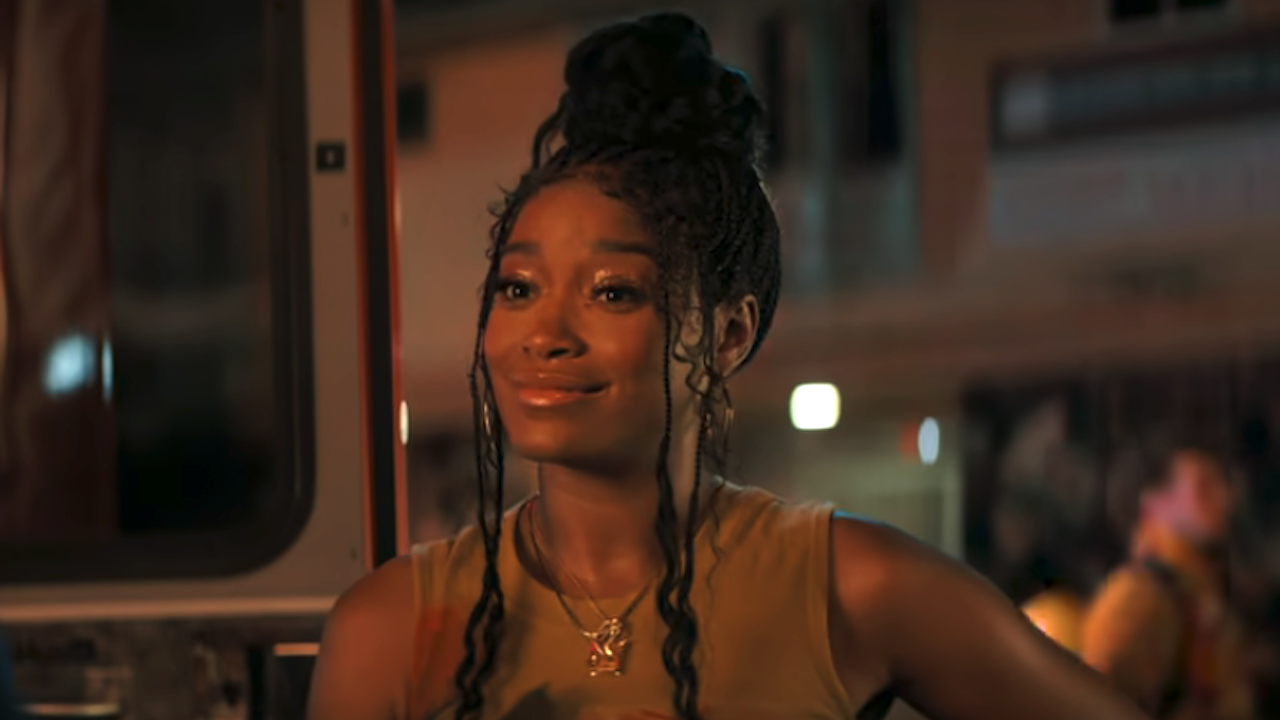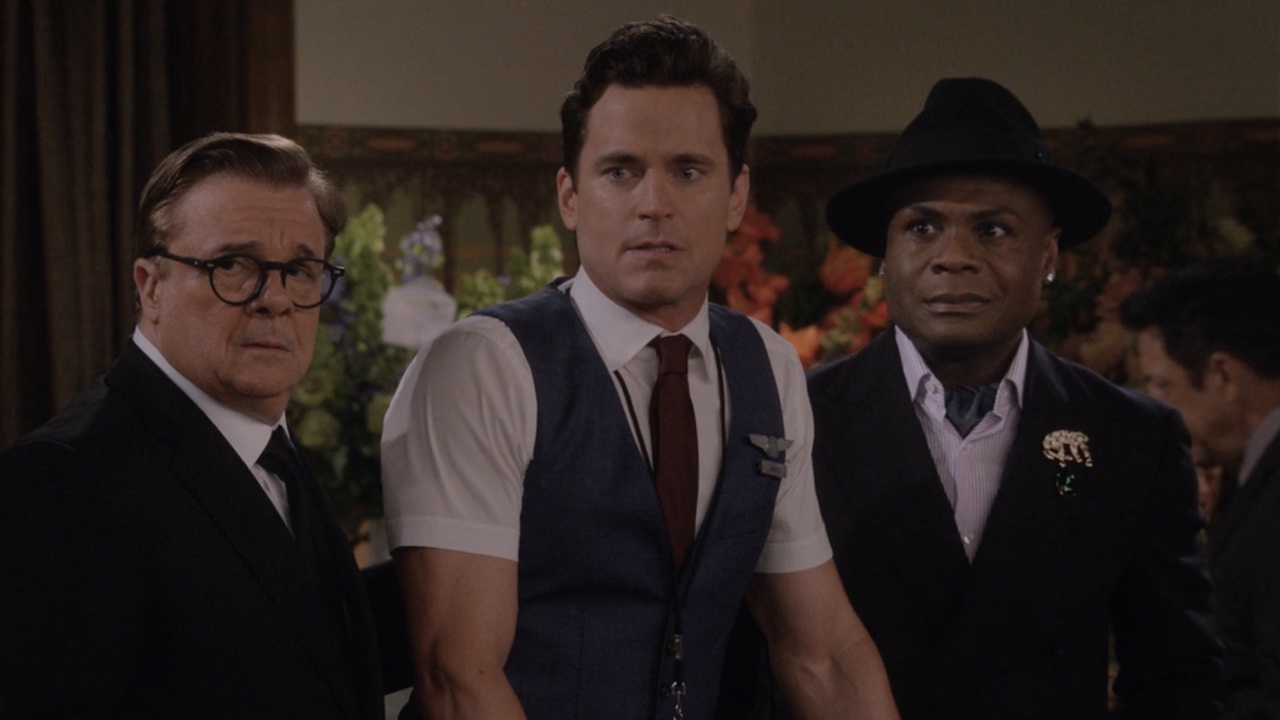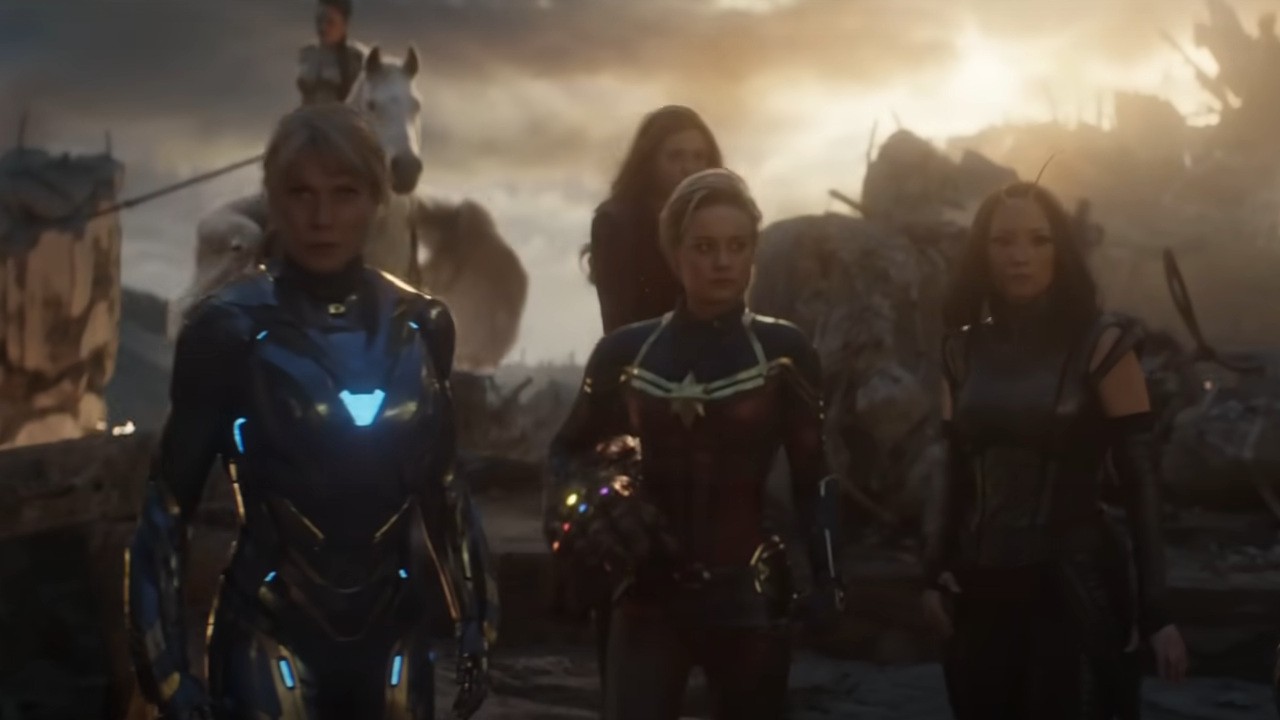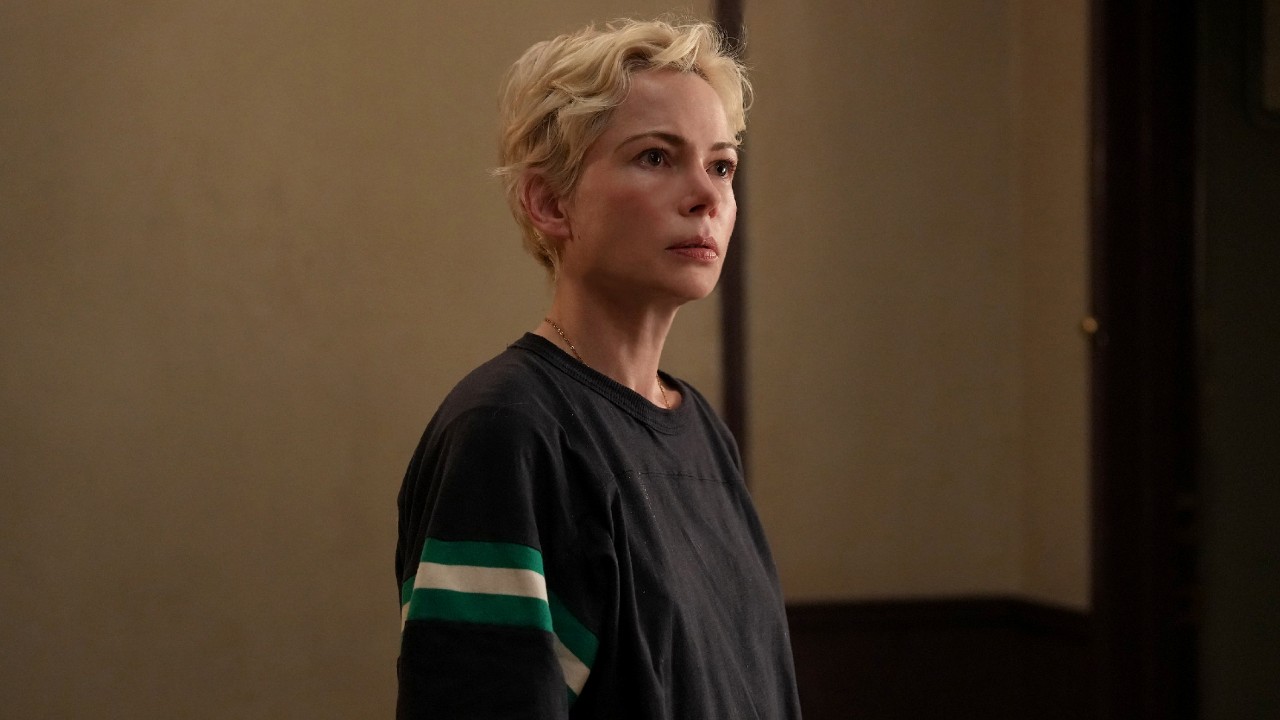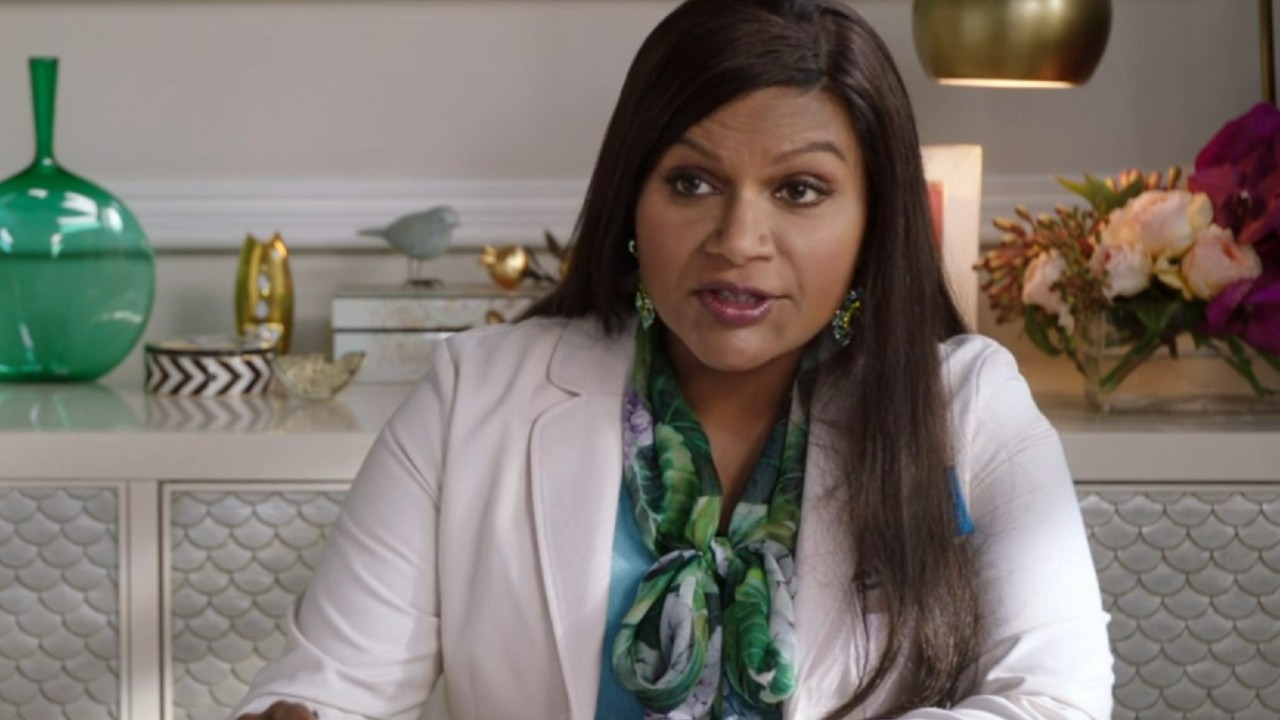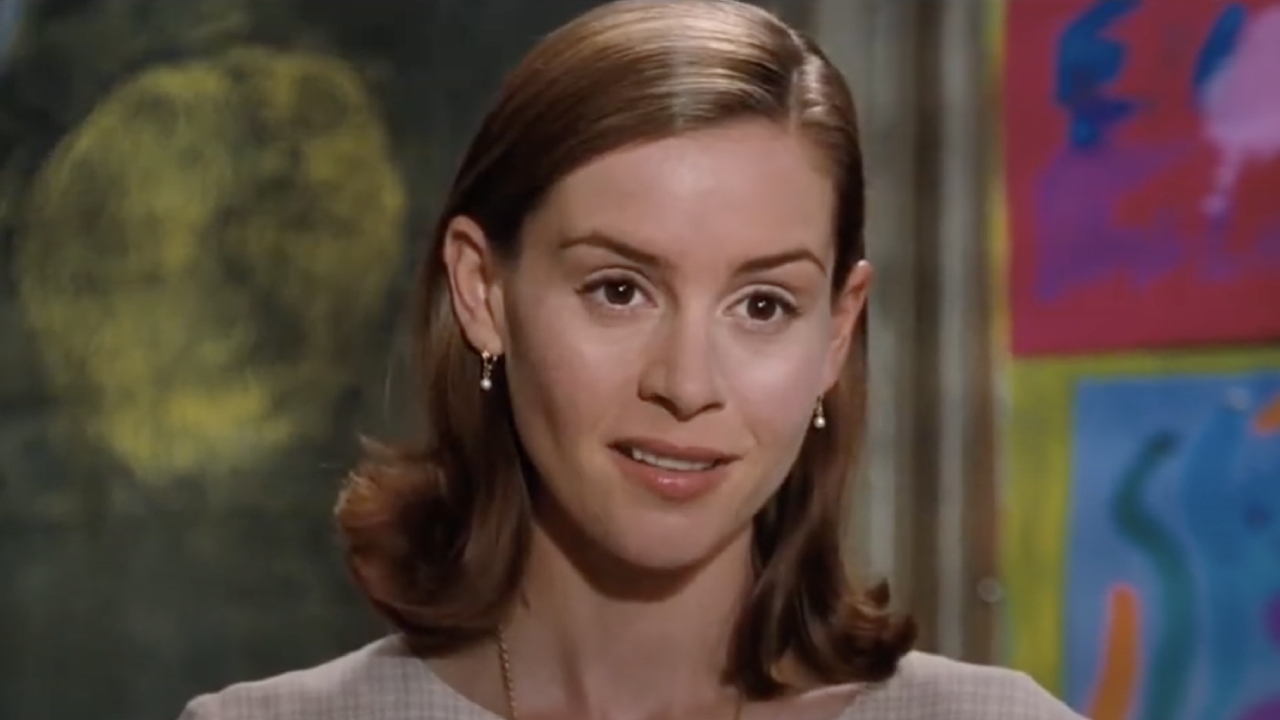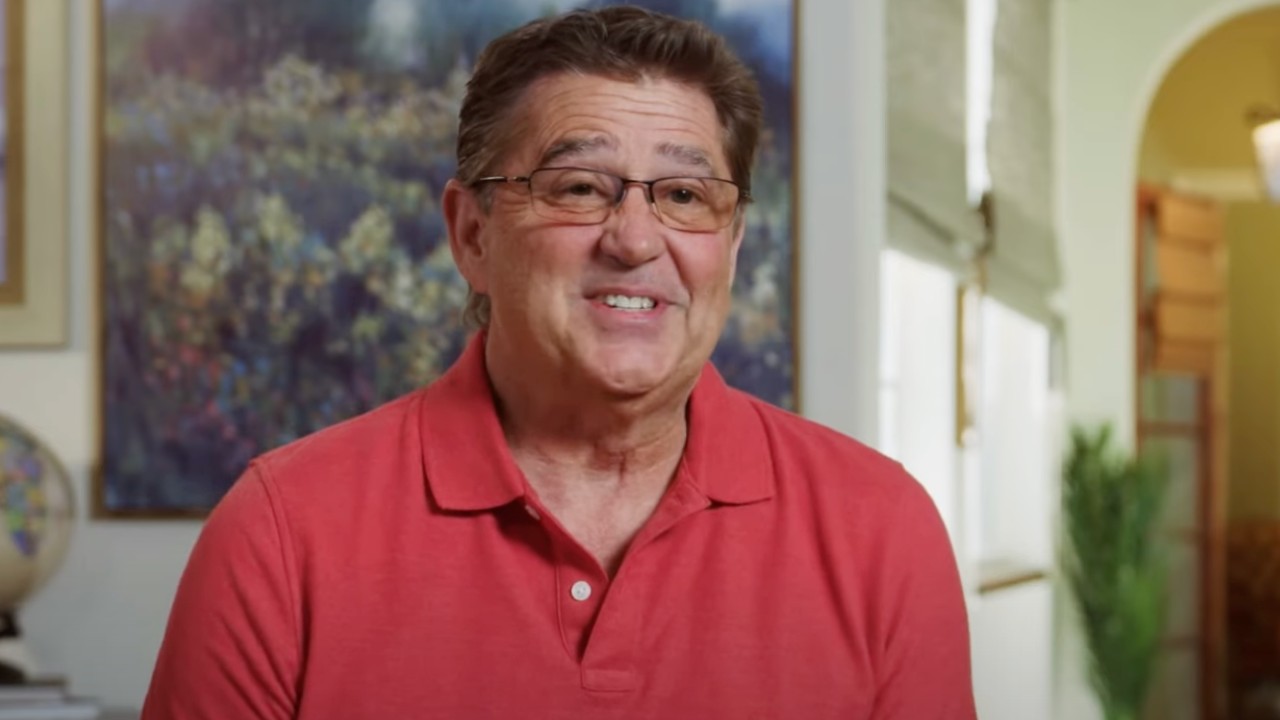Selma Blair On The Importance Of Disability Representation, And Why Her MS Diagnosis Was ‘Freeing’
Selma Blair helps break the stigma of disability representation.

Multiple sclerosis is a disease that impacts the brain and the spinal cord. Someone very recognizable in the entertainment industry who has this disease is Legally Blonde’s Selma Blair who was diagnosed back in 2018. Ever since her diagnosis, this courageous actress has not only shared the story of her experience with MS but the importance of the entertainment industry to leave room for all people with disabilities.
When Selma Blair was experiencing abnormalities with her health, she would have never guessed it was MS she was struggling with. If anything, she thought her dropping things, occasional falls, foggy memory, and her left side “asking for directions from a broken GPS” were just from a pinched nerve. Blair spoke to Variety about the power of storytelling and how she wished she heard about MS representation from another person in the industry to avoid feeling alone in her diagnosis.
I started thinking more about the power of storytelling and why representation in media matters. If I had seen and heard from people who were like me, maybe I wouldn’t have felt so alone. Perhaps if I’d had more diverse representation to look up to, I would have learned about my own diagnosis earlier on (I was shocked when I learned one of my idols, Joan Didion, also had MS).
Now that the 50-year-old actress knows all about her MS diagnosis, she fully embraces it and has discovered the importance for people with disabilities to have the same opportunities as everyone else. Not only has she expressed her wishes in the past about putting out her own clothing line for people with MS, but to help the entertainment industry follow Google’s toolkit (All In) to build more inclusive and accessible media. She’s had conversations with Andraéa LaVant, president and founder of LaVant Consulting Inc., who's made it her mission to empower brands to seek out disability awareness. She taught her if you want change to come for those with disabilities, who better to consult with than those actually in the community?
There have been plenty of movies where actors without disabilities have portrayed people within this community like Born on the Fourth of July, My Left Foot, Me Before You, and others. Even Ryan Cranston played a quadriplegic man in The Upside was not without backlash because of that casting choice. The Selma Blair continued to speak about the importance of having stories about disabilities told by people actually going through them.
For too long, creators have told our stories without our genuine involvement. It never works. Our experience is ours alone. That’s why it’s important to pull in as many people and experts from the disability community as possible.
Selma Blair ended her talk by explaining that disability inclusion is all about making a commitment to learning not just about the disability in general, but how to use more inclusive descriptions. For example, in Blair’s own memoir Mean Baby, she used the term “wheelchair-bound” when it wasn’t until All In taught her the better term would be “wheelchair user.” There is so much more everyone can learn about disability inclusion in order to grow more as people.
The Michigan native continued to speak about how she used to feel so alone at the start of her diagnosis as well as not seeing a story similar to hers expressed on-screen. However, she does shed light on what made her diagnosis “freeing.”
In 2018, I was finally able to tell other people how I identified myself: disabled. I was diagnosed with multiple sclerosis (MS) and learned it had been attacking my central nervous system for years. Growing up, I didn’t have anyone in the entertainment industry to look up to who had a disability or was open about their diagnosis, and I didn’t see my experiences reflected in the stories being told on screen. Even though it was difficult learning I had MS, at least it had a name now. After being confused about who I was for so long, I finally understood myself — and I belonged to a community. In a way, it was also freeing.
In recent years, there have been breakthroughs in disability awareness. This year’s Best Picture winner was none other than CODA which was a story about a deaf family played by deaf actors. There have been great strides for deaf characters to be played by deaf actors in movies and television. There have also been real-life wheelchair users in shows like Sex Education, Breaking Bad, and The Walking Dead. Even the hit Hulu movie Run hired wheelchair-using actress, Kiera Allen, to play one of the leads which luckily wasn’t overshadowed by people reportedly faking disabilities to star in the movie. There is, of course, more that can be done for upcoming movies and new shows going forward in regards to making room for those with disabilities. Whether you are in front of the camera or off, everyone in the entertainment industry deserves to have a voice and we’re lucky to have people like Selma Blair to raise awareness of that.
CINEMABLEND NEWSLETTER
Your Daily Blend of Entertainment News

Just your average South Floridian cinephile who believes the pen is mightier than the sword.
